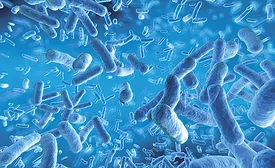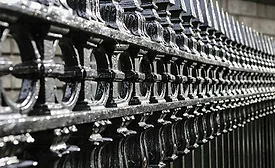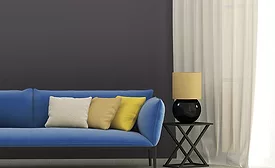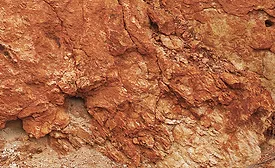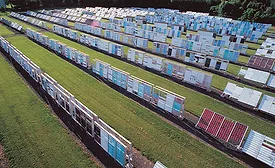Paint and Coatings Additives
Spherical Precipitated Silica
Next-Generation Particle Morphology for Performance in Coatings
Read More
Controlled-Release Corrosion Inhibitors
Adding Functionality to Direct-to-Metal Coatings
October 1, 2016
The Use of Diphenyl Oxide Disulfonate Surfactants
in Emulsion Polymerization of Hydrophobic Monomers
Read More
Keep the info flowing with our eNewsletters!
Get the latest industry updates tailored your way.
JOIN TODAY!Copyright ©2025. All Rights Reserved BNP Media.
Design, CMS, Hosting & Web Development :: ePublishing

